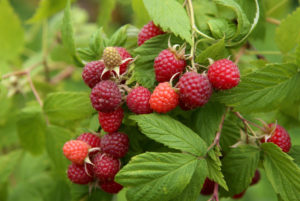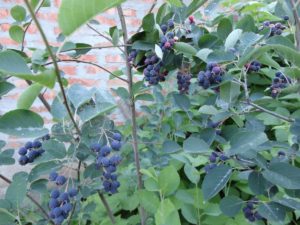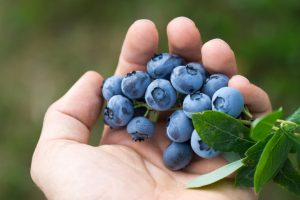Raspberry is a very grateful culture. With good care, she gives the gardener a generous harvest of large sweet berries, continuing to grow in one place for many years. But good care is not only regular watering and fertilizing, but also the correct pruning of plants. This important procedure directly affects the health, the energy of growth of bushes and the size of the crop.
Ordinary and remontant varieties of raspberries are cut in different ways. And in each case, there are different approaches to pruning. I propose to sort through all these details and to decide which haircut will suit your raspberries.
Pruning of common raspberries
The harvest of raspberries of ordinary varieties is formed on last year’s branches, and give its plants 1 time per season, usually in mid-summer. The mission of the shoots that have already given their harvest on this ends and should be removed. The concern of beginning summer residents is to choose the ideal time for this procedure. In this issue, opinions differ, and 3 options have been formed.
Autumn pruning
Many postpone pruning raspberries in the fall, combining the event with the preparation of bushes for the winter. In this case, cut out all the shoots, as well as weakened and affected by diseases and pests of young branches.
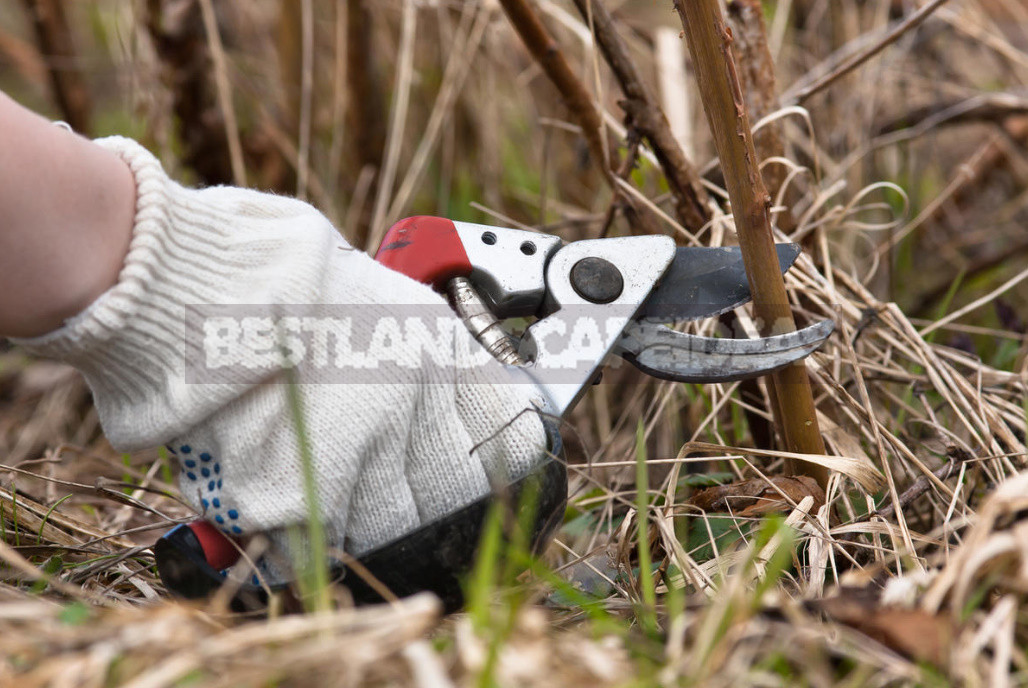
In regions with severe winters left raspberry branches gently bend down to the ground and fix with improvised materials. It is important to have time to carry out such a procedure before the frost, as with the advent of cold snap raspberry shoots become brittle and break easily with such manipulations.
Rationing the number of shoots that appeared in the current season and will give the harvest next year, in this case, it is advisable to carry out at the beginning of the summer. To do this, leave the strongest specimens, and during the autumn pruning, an adjustment is made – remove those that have surrendered their positions. In addition, throughout the season, regularly cut out unnecessary young shoots, not allowing it to grow above 10-15 cm, so that it does not delay the extra strength from the bushes.
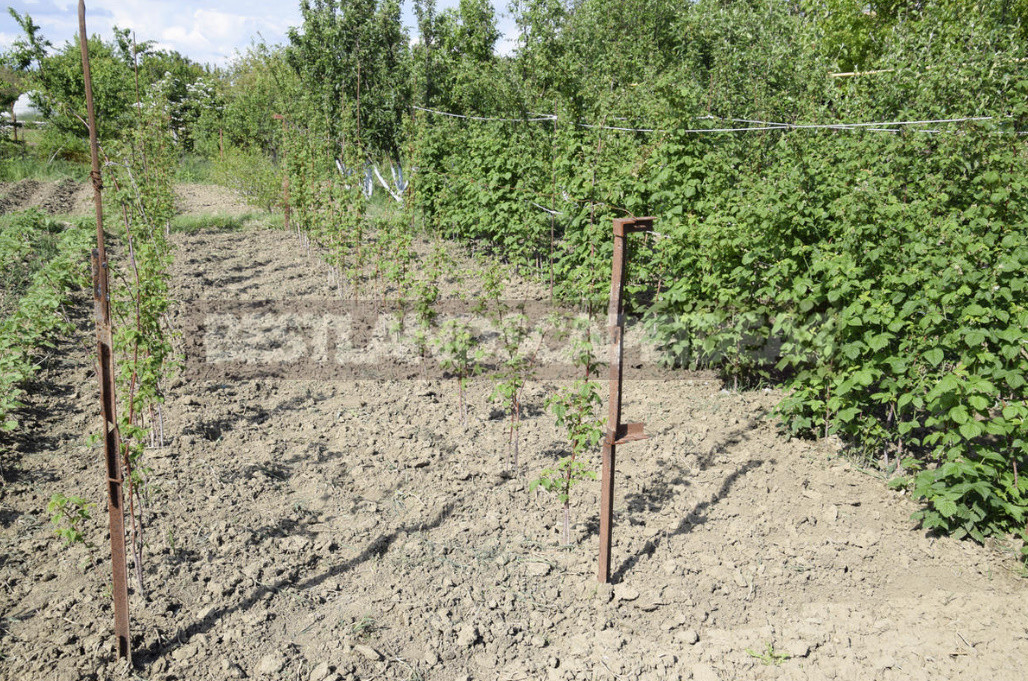
Normalizing the number of shoots of substitution, you should follow a certain scheme. With the tape method of planting between rows, the interval of 1.5-2 m is maintained, allowing no more than 8-10 shoots to grow on each running meter of the row. With the Bush method of growing between plants, an interval of at least 60-70 cm is maintained and 4-5 young branches are left in each Bush.
Spring pruning
If a radical pruning of raspberries was carried out in the autumn, in the spring it will only be necessary to audit the overwintered annual shoots. Branches are lifted from the ground and removed completely frozen, the frozen shortened to the top of a living kidney. Then all the remaining shoots tied to the support.

Some gardeners in the spring combine examination of the last year’s winter shoots with the cutting of the branches that bear fruit. Do so are usually those who are not further insulates the raspberries for the winter and the autumn is tired of country cares, all the time postponing the pruning of the raspberry patch “for later”.
Summer pruning
More hardworking, and most importantly, thoughtful comrades transfer the main work on cutting raspberries for the summer period. In early summer, they carry out rationing of the number of new shoots, constantly remove excess growth around the bushes, and the cutting of the branches is carried out immediately after the collection of the last berries – at the end of July or the first half of August (depending on the variety and region of cultivation).
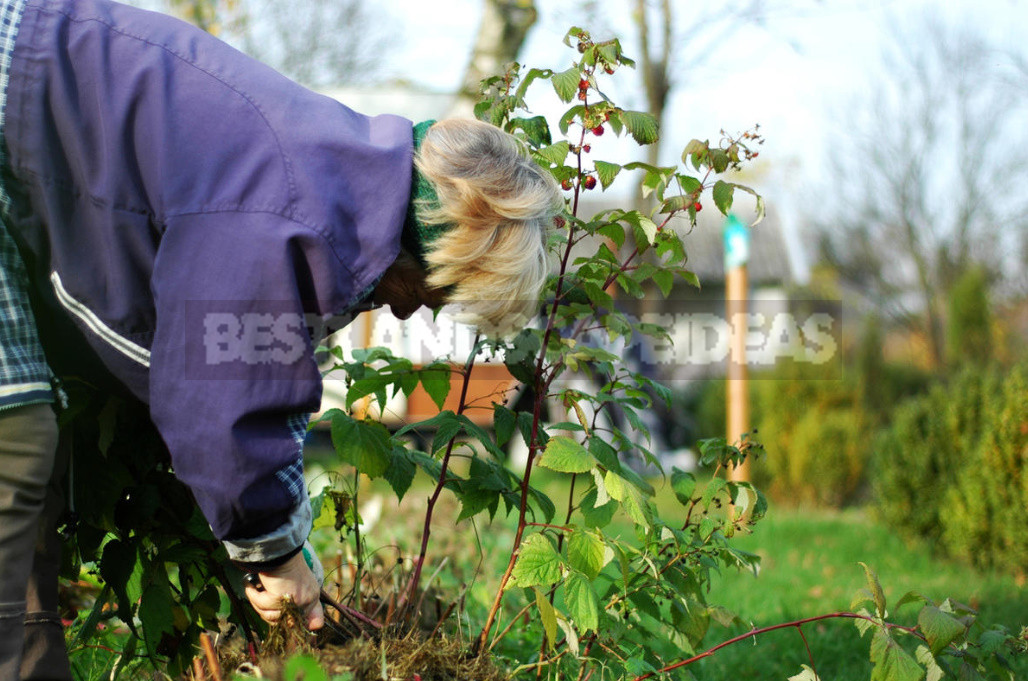
The logic of this approach is simple: why leave the shoots in the raspberry, if they are no longer useful in the future? When you remove these branches immediately after harvest, the young growth will get more space and light, better develop, have time to Mature by the fall and lay much more flower buds of the next season.
In the autumn, you will need to make a small adjustment and remove those shoots that did not meet expectations (weakened, broken, struck by diseases or pests), and then bend them to the ground and insulate if the region has a risk of freezing raspberries in the winter. In the spring of last year’s increase is raised on the trellis, inspect and remove or shorten the copies damaged by frost.
Shortening of young shoots as a way to increase yield
Beginners summer residents, having comprehended the basic basics of cutting raspberries – timely removal of fertile shoots and rationing the number of young branches, stop there. But maintaining optimal raspberry density is not the only way to increase yield. Experienced raspberry growers are subjected to additional shortening and young shoots, as a result of which they begin to produce side branches and give much more berries.

Method 1. The most common option – a single chasing last year’s shoots. This procedure is carried out in early spring during the audit. According to the above principle, non-viable specimens are removed, branches with a frozen tip are shortened to a well-developed kidney, and in completely healthy annual shoots, the crown is cut off by 10-15 cm. Trimmed shoots are released from the leaf axils side branches on which flowers are formed, and then berries. Naturally, the size of the crop with this approach increases significantly.
Method 2. Spring strong healthy shoots last year’s growth is divided into 3 groups:
- In the first part of the shoots shorten the tops of 10-15 cm;
- The branches of the second group are cut to half their height;
- The remaining copies are minted at the level of 15-20 cm from the surface of the soil.
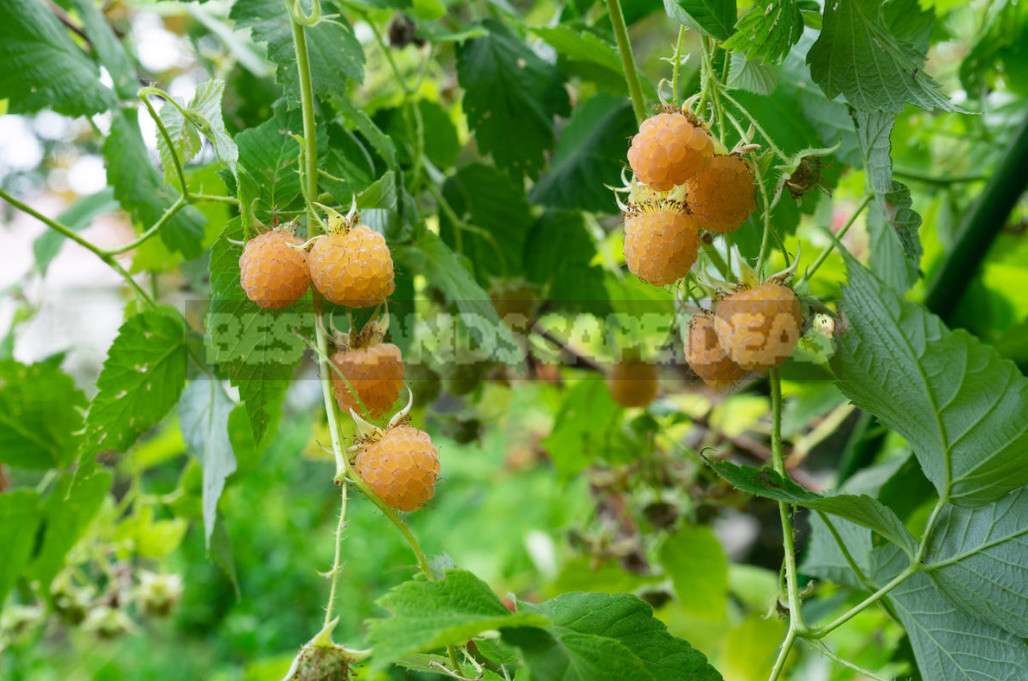
Raspberries of each group produces side branches, which form the crop, but the shorter the main stem, the later it will enter the fruiting season. In the first group of berries ripen in the traditional period (depending on the variety), then picks up the baton of the second group, and “Shorty” begin to bear fruit last. As a result, the gardener stretches the fruiting period and gets the opportunity to enjoy fresh raspberries until late autumn.
Method 3. This method is widespread thanks to the efforts of an experienced gardener, who increased the yield of ordinary raspberries to 2-2.5 times and extended its fruiting to frost.

This technique involves a two-fold shortening of the shoots:
- At the end of may or early June normalize the number of branches of the new growth and left young shoots shorten the tops of 10-15 cm (at this point they usually reach a height of 0.8-1.0 m);
- Next spring, immediately after the snow melts, the side branches are pruned, which last season grew to 30-50 cm – they are shortened by 10-12 cm.
After the second procedure, the cut escape begins to Bush even more and eventually turns into a miniature “tree”. On the side shoots, as well as on the main stem, branches with flower buds are formed, which then turn into a numerous ovary.
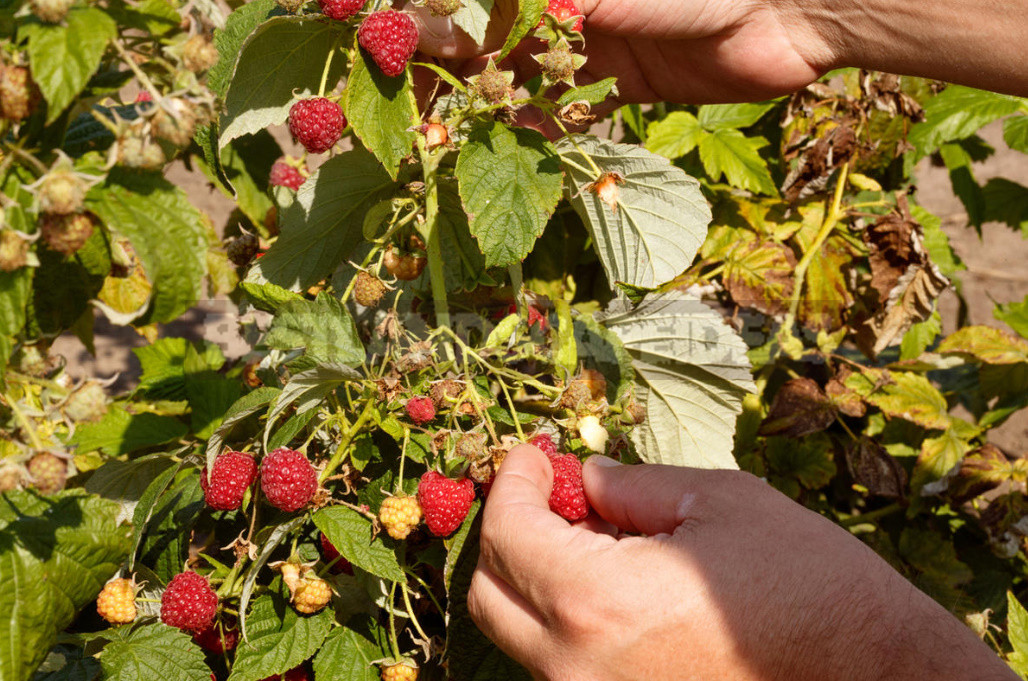
The beauty of this method — in the extended period of fruiting crimson “trees”, which continue to delight berries until late autumn. But here it is important to prevent the thickening of raspberry. On each linear meter of a number leave no more than 4-6 branches, maintaining an interval of about 2 m between the rows. Such bushes are subject to careful garter to the support, because they are unable to withstand the load of their abundant harvest.
Summary
- With the traditional single-minting of last year’s shoots (the first method), the branches that bear fruit can be cut out in the summer immediately after collecting all the berries, in autumn or spring.
- With the use of the second method, you can gradually remove the fertile specimens, moving from high branches to “shorties”.
- With twice the shortening of the shoots (the third way) raspberries bear fruit until frost, so talking about years of removal of the spent shoots is not.

